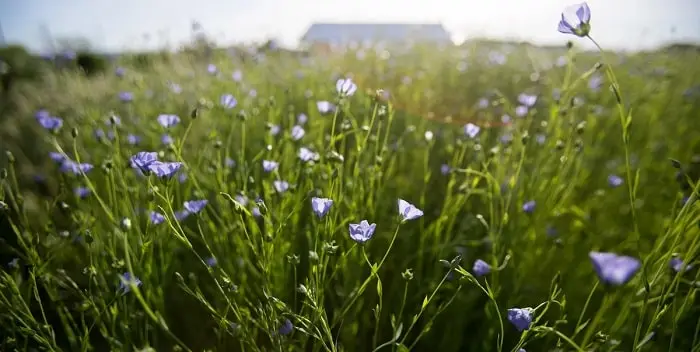If water consumption is excluded from the list of “The Most Consumed Beverages,” tea would be the most popular beverage on the planet. People all throughout the world enjoy drinking tea, regardless of whether it is hot or freezing outdoors. And it’s not only because tea tastes better; there are various health benefits to drinking tea, such as improved heart health, weight loss, blood pressure control, anti-oxidant properties, and so on. Talking about its origin, it’s believed that tea originated in China since there’s mention of tea in Chinese mythology. However, it could be that tea actually originates from other parts of Asia, such as India, or Burma.
No matter where tea originated from, now it is one of the most popular drinks on planet earth. There are billions of people who drink tea on a regular basis, but large quantities are consumed in Asia, the Middle East, and a better part of Europe as well. And to fulfill such high demand, approximately 6.5 to 7 million metric tons of tea is produced globally. You may already know, China is the biggest producer of tea, but what about other countries that contribute to the overall global production?
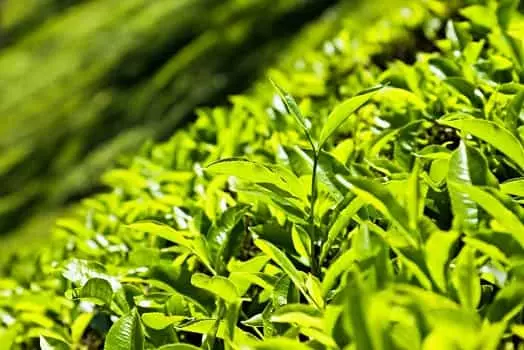
Well, today’s post is going to be all about that, we will be going over the largest producers of tea in the world. So stay tuned till the end because there is a lot to know and the data is quite interesting. Let’s get started then. Shall we?
Top Countries for Tea Production in World
1. China
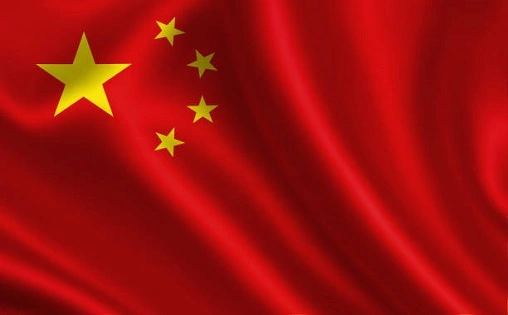
There is written evidence in Chinese mythology that tea actually originated in China. And then it spread all across Asia, and also Middle eastern empires. In today’s world, China is not only the largest producer of tea but also the people of China consume tea in large quantities. According to a report from 2018, in China, the per capita consumption of tea is around 1.2 kg. Since we are talking specifically about the production of tea in this post, let’s talk about China’s tea production. Data for the current commercial year isn’t out yet, but based on the previous year’s data, China produces around 2.8 Million tonnes. And it is estimated that in the year 2022, China will surpass the 3 million tonnes of tea production quite easily.
2. India

India is a nation where most people drink tea at least once a day, it has become a part of the tradition. As per the previous year’s data, India produced 1.1 million tonnes, and this number is estimated to go as high as 1.35 million tonnes in 2022. And with this huge number, India contributes a considerable portion to the overall global tea production. However, it is highly unlikely that India will surpass China’s tea production amount because China has more land where the environment and weather conditions are perfect for the tea plants. However, the quality of India’s tea is way better than in any other country.
Also See: Top 5 Largest Tea Producing States In India
3. Kenya
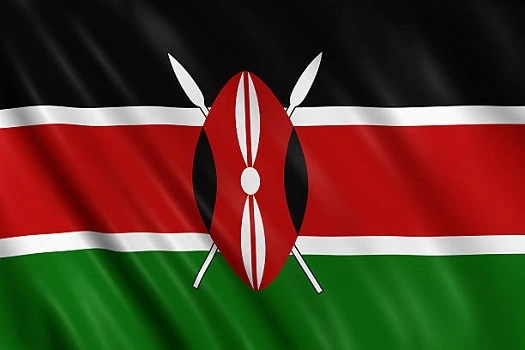
Many people don’t know but Kenya is also famous for its tea production. For many families in Kenya, tea farming is the only way of income. And this is the reason, tea production in Kenya has been increasing over the years steadily. However, there aren’t enough resources for the farmers, and that’s the reason the tea production isn’t at its finest. But still, Kenya is able to maintain the title of the third largest tea producer in the world. If we take a look at the previous year’s data, Kenya produced over 450 thousand tonnes, and it is estimated that this number can go as high as 550 thousand tonnes in the financial year 2022.
4. Sri Lanka

As of now, Sri Lanka is going through a lot, and there has been an emergency because the travel sector collapsed. And this also affects other sectors and industries in Sri Lanka. Tea production also supports the economy of this small country, but since the emergency, it is estimated the production amount may dip a lot this year. This is a major concern for the government since tea production adds up a considerable amount to the overall GDP of the country. However, Sri Lanka is considered the fourth largest tea producer in the world. And if we look at the previous year’s data from Sri Lanka’s tea production, then in the 2021 financial year, this country produced 340 thousand tonnes.
5. Vietnam
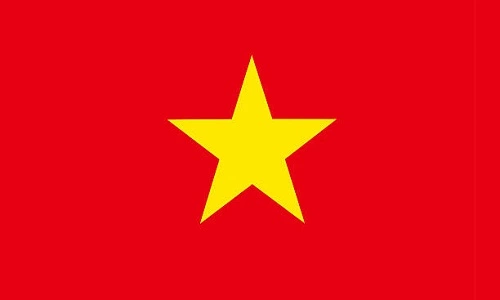
The fifth spot of largest producers of tea in the world is always changing, and in recent years, Vietnam has surpassed Turkey and Indonesia in overall fresh tea production. However, Vietnam is known for its high-quality black tea, green tea, and lotus tea. In terms of tea production, Vietnam has got a lot of potential to fulfill the global demand. However, the farming sector for tea farming has just started thriving. And it is estimated that within 10 years, Vietnam will surpass Sri Lanka in terms of fresh tea production. Talking about the current stats, Vietnam’s overall tea production is around 210 thousand tonnes, which is a huge jump from 2019 when this number was just 117 thousand tonnes.
6. Turkey

If you are being invited to someone’s house when visiting Turkey, your host will offer you tea for sure. It is like a part of Turkish tradition where they always begin their hospitality by serving a cup of tea to the guest. And that is the reason why Turkey is the biggest consumer of tea in the entire world. The per capita tea consumption is 3.16kg in Turkey, which is insane. That means every person drinks tea at least 3 to 4 times a day. And to fulfill such high demand, Turkey usually imports most of the tea from Asian countries. But there is in-house production of tea as well, however, it is not as considerable as in other countries. The quantity of tea produced in Turkey is nearly 200 thousand tonnes.
7. Indonesia

Indonesia used to be the fifth largest producer of tea in the world, but in recent years, since Vietnam and Turkey have increased their production rate, Indonesia is pushed to the seventh rank. In the year 2020, Indonesia produced around 157 thousand tonnes of tea, but it dropped to just over 150 thousand tonnes in 2022. However, there is a 110 thousand hectare farming area for tea production, that’s why Indonesia has been producing a stable amount for a very long time now. And the farmers mostly focus on growing black and green tea.
8. Japan
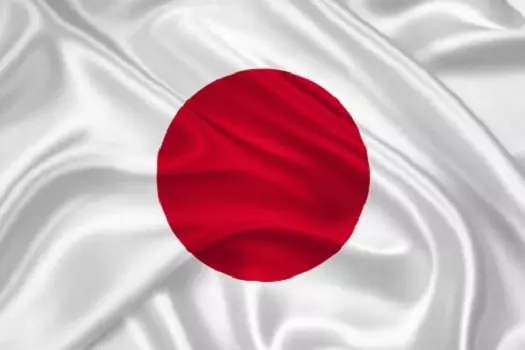
Ceremonial tea is quite popular in Japanese culture. And not just that, green teas are also consumed in large quantities in Japan. However, Japan imports some amount of tea from other Asian countries, but there’s a stable farming sector for tea production as well. The land for tea farming isn’t that promising in Japan, but still, they produce around 90 thousand tonnes of tea every year. It is just the data of the most recent year, however, the growth of tea production is increasing by a few percent every year.
9. Iran
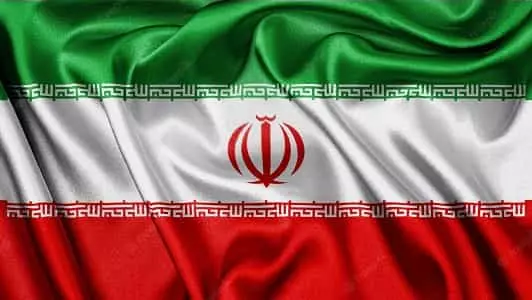
Herbal tea is very famous in Iran and other parts of the Middle East, however, the Iranian people don’t like to add anything else to their tea. They consume tea fresh and raw with just boiling water, which is the traditional way of consuming tea. Similar to Turkey, Iran also has a considerable per capita tea consumption. Since Iran only produced just over 80 thousand tonnes of tea in 2021-22, that’s why most of the tea is imported from central Asian countries.
10. Argentina

Last but not least is Argentina with a production amount of 70 thousand tonnes of tea every year. Unlike other countries, Argentina has been quite steady in terms of tea production. People of Argentina go heavy on black and green tea, most of which is imported from other tea producers in the world. But the local or in-house production sector for tea is also capable of fulfilling the demand to some extent. Argentina produces a special kind of tea which is called Yerba Mate. It is slightly bitter in taste, but quite interesting at the same time.
Conclusion
Many coffee lovers and people who consume other beverages have started consuming tea for various health benefits. That is why the demand for tea has skyrocketed in the last few years. Thankfully, these largest 10 producers of tea in the world are capable of fulfilling the global demand.
World Tea Production FAQs
Q1. Which countries are the largest tea producers in the world?
Ans: China and India are the two largest tea-producing countries in the world, accounting for a significant portion of global tea production. Other notable tea-producing countries include Kenya, Sri Lanka, Turkey, Vietnam, and Indonesia.
Q2. What are the different types of tea produced globally?
Ans: There are several types of tea produced worldwide, including:
- Black tea: This is the most common type of tea and is fully oxidized.
- Green tea: Known for its minimal oxidation, green tea is popular in East Asia.
- Oolong tea: Oolong tea is partially oxidized and falls between green and black tea in terms of flavor and color.
- White tea: This tea undergoes minimal processing and is made from young tea leaves and buds.
- Herbal tea: Not technically a tea, herbal infusions are made from dried herbs, flowers, fruits, or other plant materials.
Q3. What factors contribute to the production of tea?
Ans: Tea production is influenced by several factors, including:
- Climate: Tea thrives in regions with moderate temperatures, high humidity, and well-distributed rainfall.
- Altitude: The altitude at which tea is grown affects the flavor and quality of the tea leaves.
- Soil: Tea plants require well-drained soil with a balanced nutrient composition.
- Cultivation practices: Pruning, plucking, and other cultivation techniques impact tea quality.
- Processing methods: Different tea types require specific processing techniques, including withering, rolling, oxidation, and drying.
Q4. How is tea harvested?
Ans: Tea harvesting involves plucking the tea leaves from the tea plant. The plucking method can vary depending on the type of tea being produced. Generally, the top two leaves and the unopened bud are plucked by hand or with the assistance of machinery. Hand-plucking is considered the most delicate method and is often used for high-quality teas.
Q5. Is tea production sustainable?
Ans: Sustainability practices in tea production are gaining importance worldwide. Many tea producers are adopting sustainable agricultural practices to minimize environmental impact, conserve water, reduce the use of pesticides, and promote fair labor practices. Certification programs such as Rainforest Alliance and Fairtrade help consumers identify teas produced using sustainable methods.
Q6. How much tea is produced globally each year?
Ans: The exact figures may vary from year to year, but the global tea production typically exceeds 5 million metric tons annually. However, it’s important to note that tea production can be influenced by factors such as weather conditions, disease outbreaks, and market demand.
Q7. How is tea traded internationally?
Ans: Tea is traded internationally through auctions, direct trade, and through specialized tea brokers. Major tea-producing countries often have tea auction centers where tea is evaluated, graded, and sold to buyers, who may include exporters, importers, wholesalers, and retailers. Direct trade, where tea producers have direct relationships with buyers, is also becoming more common.

